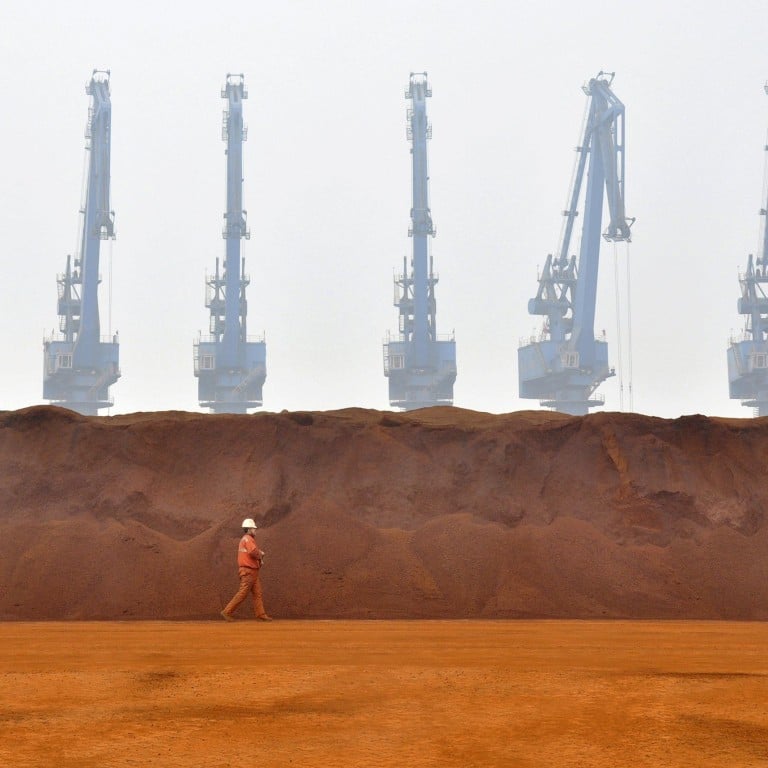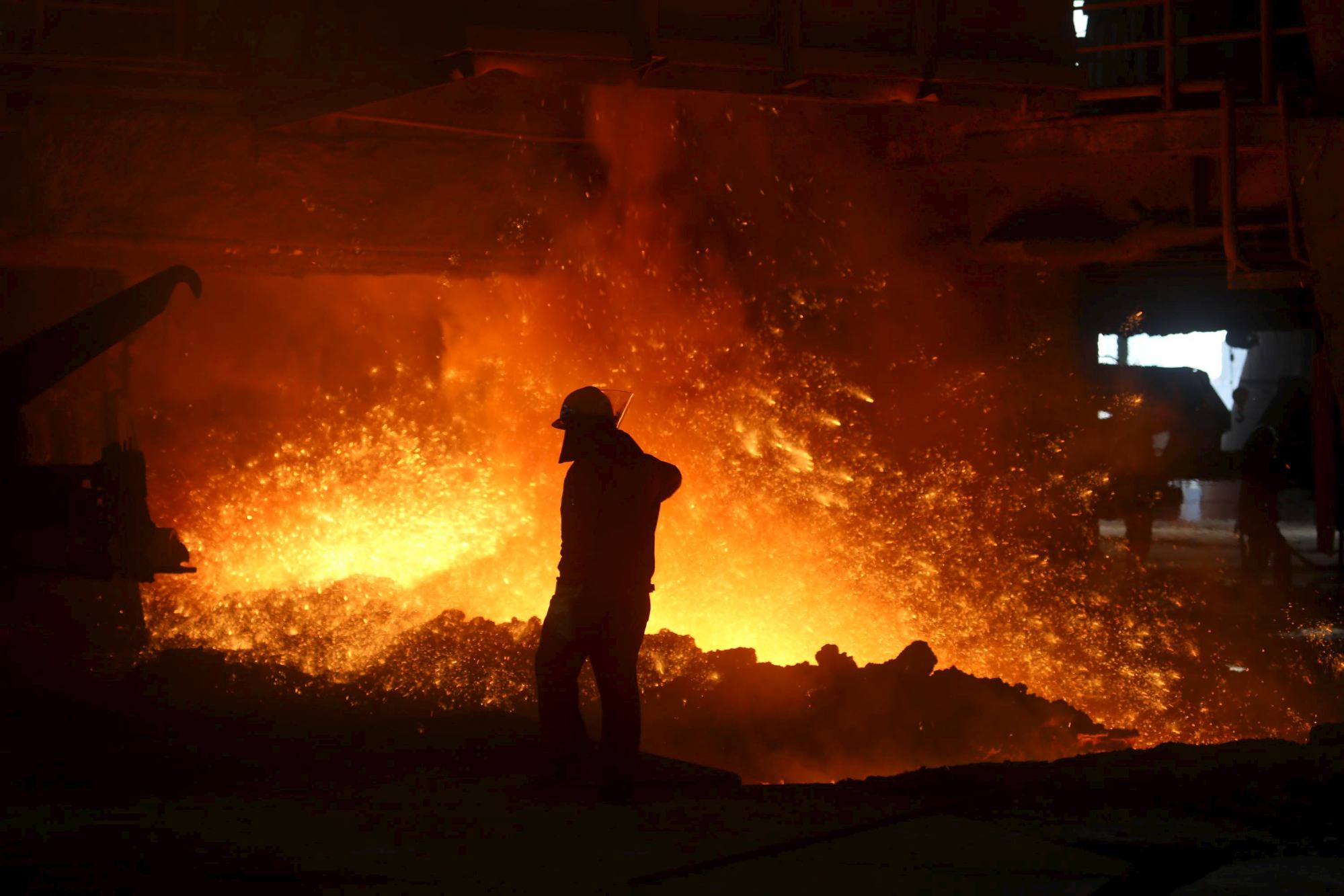
China slump turns Fortescue from world-beating mining stock to big loser
- Shares of Perth-based iron ore miner has declined 10 per cent this year; the metal lost 10 per cent of its value in February
- The metal contributes about 91 per cent to Fortescue’s revenue, compared to about 50 per cent for peers BHP and Rio Tinto
As a relatively high-cost producer, the Perth-based miner founded by billionaire Andrew Forrest is more sensitive to iron ore price swings compared to peers, according to Mohsen Crofts, a Bloomberg Intelligence analyst.
“Fortescue’s operating margins are slimmer than BHP or Rio Tinto’s. Any change in the iron ore price will therefore have a greater [earnings] impact for Fortescue,” he said. “While BHP and Rio now get a material share of their revenue from base metals, Fortescue is for now still fully reliant on iron ore.”

The metal makes up about 91 per cent of Fortescue’s revenue, compared to about 50 per cent for BHP and Rio Tinto, according to Bloomberg data. Fortescue’s iron ore business propped up its half-year earnings, bucking a trend of declining profits among its diversified rivals. Analysts estimated a 14 per cent downside to its earnings for next year, the worst among its peers.
EU to blunt China’s edge on steel exports with world’s first carbon tax
The miner’s bumper stock run has also been halted by dwindling metal prices. China’s property woes have weighed on the steelmaking ingredient, which lost 10 per cent last month. Post-Lunar New Year demand for iron ore remains disappointing amid a slow recovery to construction activities, wintry conditions and sluggish home buying.
“While Fortescue has benefited from significant unit-cost reductions, cost inflation is kicking in now,” Jefferies analysts led by Mitch Ryan said after downgrading the stock to underperform after its earnings release last month. “Fortescue’s share price will be highly dependent on the iron ore price.”
The stock has no buy ratings and an average 12-month price target that is 16 per cent below Friday’s close, according to Bloomberg data. Meanwhile, price targets for rivals BHP, Rio Tinto and Vale all point to potential upside.

Still, the stock slump isn’t unique to Fortescue. Miners are the biggest laggards on the Australian benchmark this year as commodity prices from iron ore to lithium and nickel crater. Fortescue has fallen 10 per cent so far this year, with BHP and Rio posting similar drops.
Despite lacklustre demand in recent weeks from China, the world’s largest steel manufacturer, analysts expect iron ore futures to regain lost ground in the short and midterm. UBS Group, which has a sell rating on Fortescue, estimates the metal’s price will trade around US$120 a ton for the remainder of 2024 before a plateau. Demand will be propped up by a growing appetite in India and Southeast Asia thereafter.
“We have always said that we would see China steel demand peaking, and it is exactly what we have said,” Peter Cunningham, Rio Tinto’s chief financial officer, said in an analyst call last month. “Then you just see demand from elsewhere in [Southeast Asia] and in India growing as well. All of this is playing out exactly pretty much as we thought it would play out over time.”

